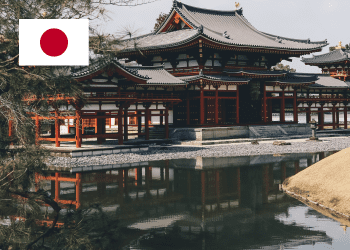Changes to the Japanese Design Act

The Japan Patent Office (JPO) has announced amendments to the Design Act, most of which will be implemented as of April 1, 2020, with some provisions following at a later, unspecified date. The changes will affect both the registration procedure and enforcement of rights.
Among the most significant alterations, the term of protection has been extended to 25 years as of the date of filing (for applications filed on or after April 1, 2020), whilst previously the term was calculated as 20 years from the date of registration. In addition, the multiple designs application will be introduced, however, the exact date of this provision coming into force is currently unknown. Once enforced, applicants will be able to fille multiple designs for articles belonging to the same class of the Locarno classification.
The grounds for the judgment of creativity, a requirement for design registration in Japan alongside novelty and distinctiveness, have been extended to include shapes or patterns that have been published or posted online, even if not publicly known.
Further, a newly introduced provision has made it possible to protect a partial design for a set of articles. A partial design allows for the registration of a part of an article, such as a fork or spoon handle, while a design for a set of articles covers all articles in a set, e.g. a set of dishes for dinner.
Additionally, amendments to the related design system, which allows for the registration of designs similar to a principle design, have been introduced. Currently, the system allows for related design registration so long as the related design application is filed within 8 months of the earliest filing date of the initial design. Henceforth, applicants will now be able to file related designs up to 10 years from the earliest filing date. The extension of this term is hoped to encourage further related design applications in line with market trends as well as to afford applicants the benefit of a more efficient way of filing. Further changes to provisions have permitted the consecutive registration of designs that are similar only to the related designs. Such applications can be filed within 10 years from the earliest filing date of the principle design and its protection lasts 25 years from the filing date of the principle design.
As per the revision, the scope of protection for designs has been expanded to include designs for the graphical user interface (GUI) that are not stored or indicated on articles, as well as designs for buildings (exterior and interior), movable properties of tangible objects (cars, bags, bottles, etc.). The span of indirect infringement acts has also been extended, regulating the evasion of control by way of dividing infringing articles into components and manufacturing or importing them.
The amendments to the Design Act add clarity and conformity with international standards. The widening of the scope for both protection as well as infringing acts will provide IP right holders with increased certainty and security, further encouraging design filings.